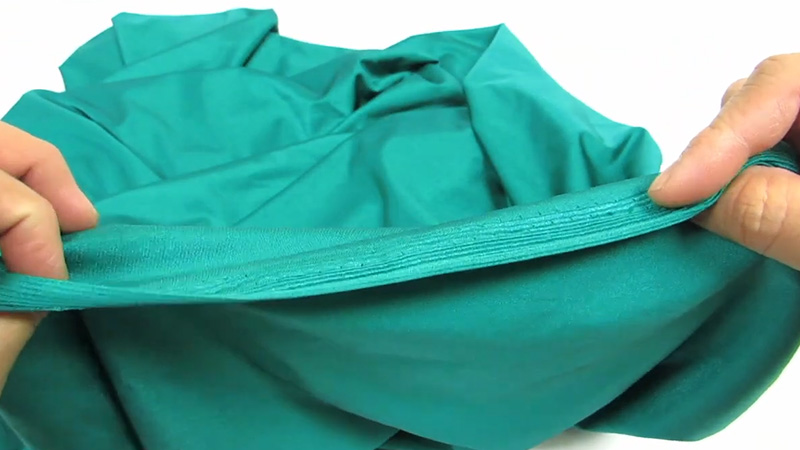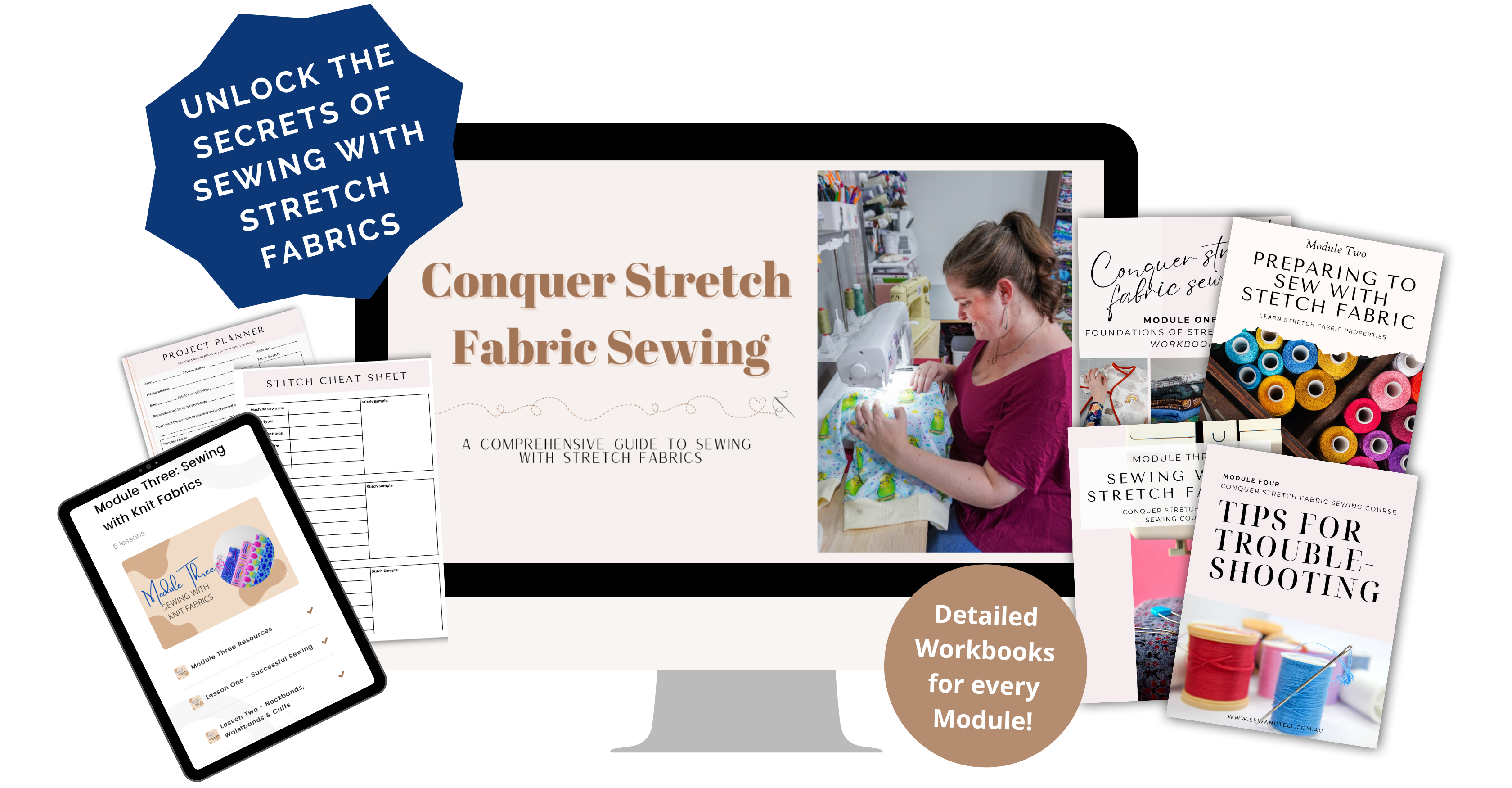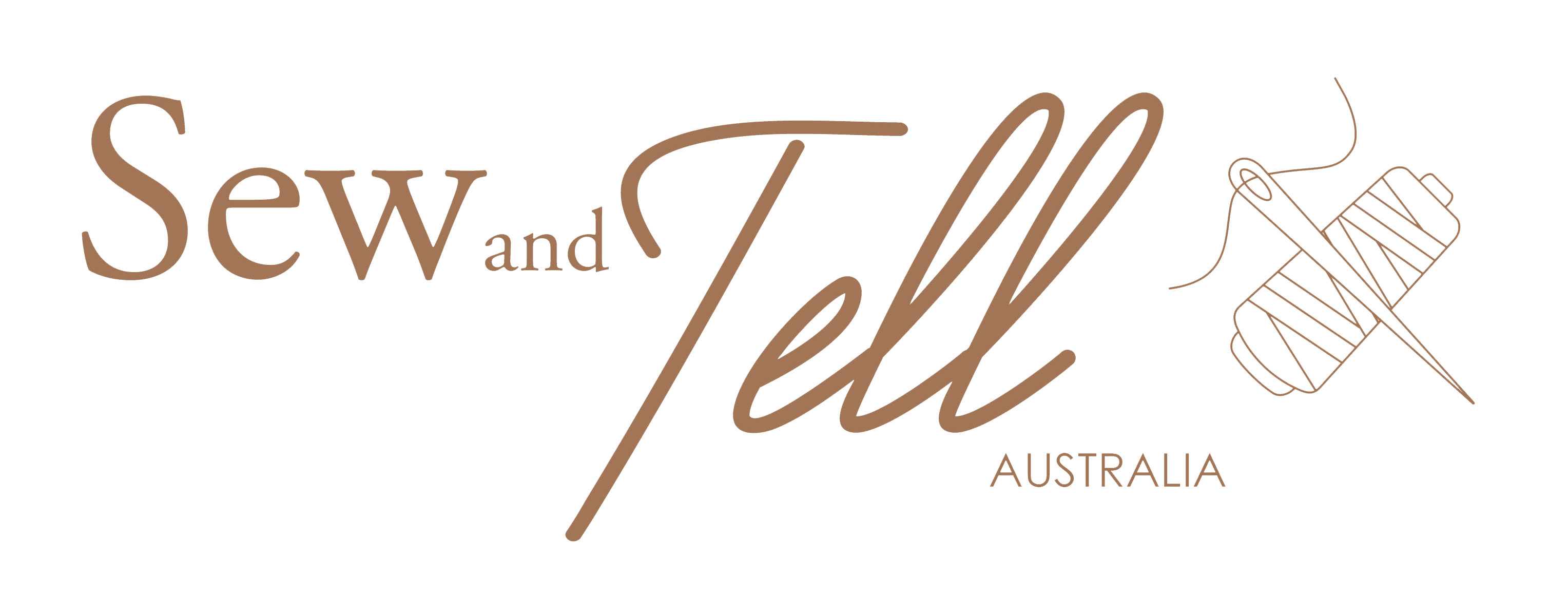The Two Faces of Stretch: Manufactured Stretch (Elastane) vs. Inherent Stretch (Natural).
Stretch and Recovery Explained
Have you ever slipped into your favorite stretchy pants and marveled at how they effortlessly hug your curves while maintaining their shape?
Understanding the magic behind stretch fabrics, like those in your beloved leggings, opens up a world of possibilities in the realm of sewing and fashion. Let’s talk about the secrets of stretch and recovery to help guide you through the maze of stretch fabrics with confidence.
Diving into the world of stretch fabrics, commonly known as knit fabric, is best done when you have a solid understanding of the fundamental concepts of stretch and recovery. These two cornerstones play a pivotal role in determining whether a fabric is suitable for your chosen pattern and how it will conform to your body.

The Two Faces of Stretch Fabrics:
Within the category of ‘stretch’, your fabric can be further broken down into one of two sub categories.
1. Stretch Fabrics with Elastane: The Ultimate Stretch Duo
This category includes stretch fabrics that owe their stretchiness to elastane fibers, also known as spandex or lycra. Elastane is introduced during the manufacturing process to excellent and controlled stretch, making it the ideal choice for form-fitting and comfortable clothing.
2. Stretch Fabrics with Inherent Stretch: Naturally Comfortable
The second category includes stretch fabrics designed for inherent stretch, achieved through specific knitting techniques. Unlike fabrics manufactured with elastane, these fabrics are engineered to have natural mechanical stretch in their structure, offering comfort in diverse applications.
Think of it as hand knitting – where the yarn is strategically knitted to possess inherent stretch, eliminating the need for added elastane. Both categories boast unique characteristics, catering to various sewing and fashion needs.
Choosing the Right Fabric for the Project:
Understanding these two categories is crucial for selecting the right stretch fabric for your sewing and fashion projects. Fabrics with elastane are ideal for garments demanding controlled and substantial stretch, ensuring flexibility and a snug fit.
On the other hand, fabrics with inherent stretch find applications in various styles, such as sweater knits, cable knits, and even some waffle knits, providing comfort in a myriad of clothing and textile items.
Beyond Composition: Unraveling the Fabric Mystery:
Crucially, even if two stretch fabrics share identical compositions – say, 95 percent cotton, 5 percent elastane – several manufacturing factors can lead to variations in stretch percentage and recovery properties. Elements such as knitting structure, fabric weight, spandex quality, tension, finish, weave density, fiber quality, and pre-shrinking processes all play roles in determining how fabrics behave.
Ready to Dive Deeper into the World of Stretch Fabrics?
Join me in my Conquer Stretch Sewing Course if this look into the finer points of stretch and recovery has sparked your interest and you’re ready to become an expert sewer of stretch materials. Explore these fabric secrets and others, giving you the confidence and information you need to sew all your future stretch projects with ease.

